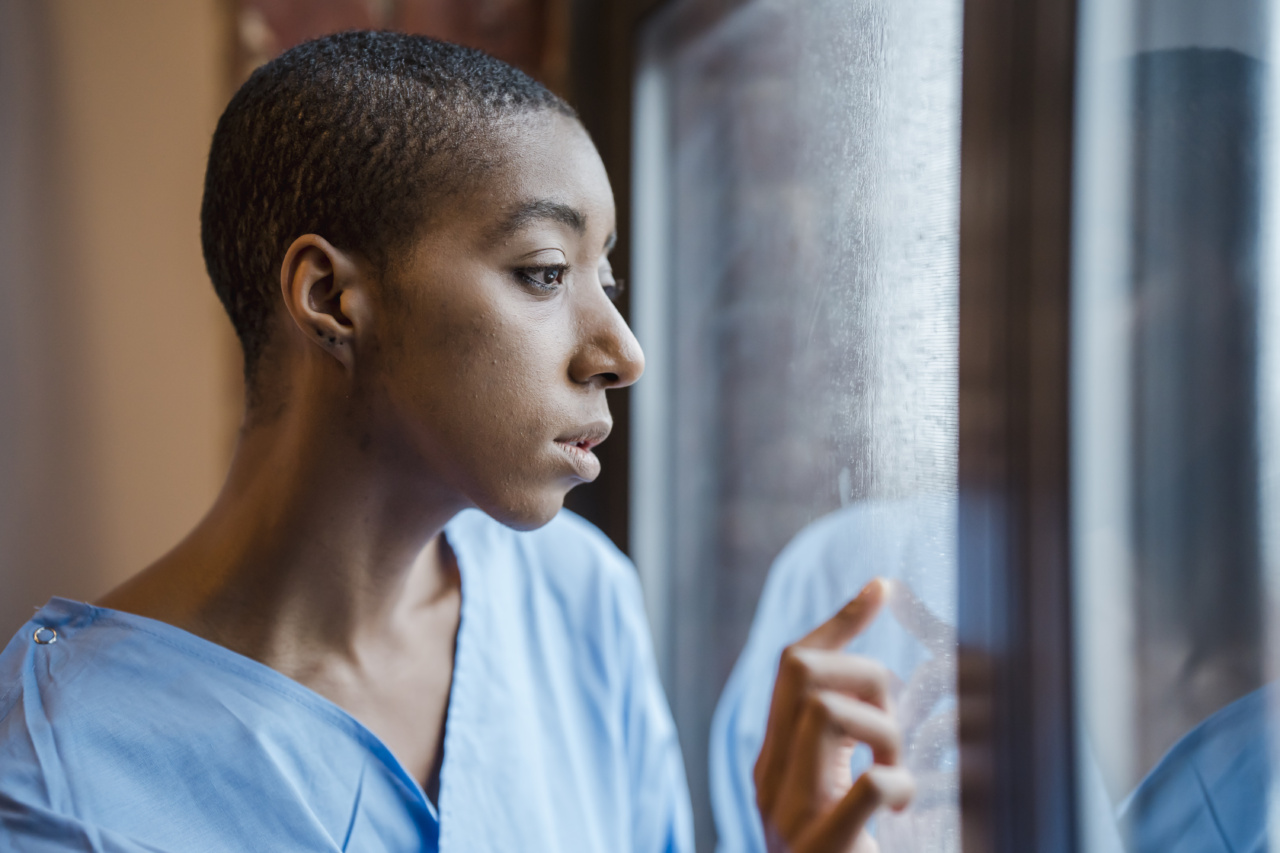Herpes zoster, commonly known as shingles, is a viral infection that causes a painful rash. It is caused by the varicella-zoster virus, which is also responsible for chickenpox.
After a person recovers from chickenpox, the virus lies dormant in the nerve tissues near the spinal cord and brain. Years later, the virus can reactivate and cause shingles. The condition is characterized by a painful rash that typically appears on one side of the body.
Symptoms of herpes zoster
Before we discuss the effective solutions for herpes zoster discomfort, let’s take a look at the common symptoms of this condition:.
- Pain, burning, or tingling sensation
- A red rash that typically develops into fluid-filled blisters
- Itching
- Sensitivity to touch
- Fever
- Headache
- Fatigue
1. Antiviral medications
Antiviral medications can help to reduce the severity and duration of herpes zoster. These medications work by stopping the virus from multiplying and spreading.
It’s important to start taking antiviral medications within 72 hours of the rash appearing for maximum effectiveness.
2. Pain relievers
Over-the-counter pain relievers such as acetaminophen or ibuprofen can help to alleviate the discomfort caused by herpes zoster. These medications can reduce pain, inflammation, and fever associated with the condition.
3. Topical creams and ointments
Applying topical creams or ointments containing capsaicin, lidocaine, or numbing agents can provide temporary relief from the pain and itching associated with shingles. These creams can be directly applied to the affected area.
4. Cool compresses
Using cool compresses or wet compresses on the rash can help to soothe the affected area and reduce itching. Avoid using hot water or ice packs as they may worsen the discomfort.
5. Calamine lotion
Applying calamine lotion can help to alleviate the itching and dry out the rash. It forms a protective barrier over the skin, promoting healing and preventing further irritation.
6. Keeping the rash clean
It is important to keep the rash clean to prevent infection. Gently wash the affected area with mild soap and warm water. Avoid scrubbing or using harsh cleansers that can irritate the skin.
7. Rest and relaxation
Resting and taking time off work or activities can help to promote healing and reduce the discomfort associated with shingles. Stress and fatigue can exacerbate the symptoms, so it’s essential to prioritize rest and relaxation.
8. Avoiding triggers
Exposure to certain triggers can reactivate the varicella-zoster virus. It is advisable to avoid excessive stress, fatigue, and prolonged sun exposure as these factors can trigger a shingles outbreak.
9. Vaccination
The herpes zoster vaccine is recommended for individuals aged 50 years and older to help prevent shingles or reduce the severity of the outbreak. It is a safe and effective way to protect against this painful condition.
10. Seeking medical advice
If you suspect you have herpes zoster or are experiencing severe discomfort, it is essential to consult a healthcare professional.
They can provide a proper diagnosis, prescribe appropriate medications, and offer personalized advice to manage your symptoms.































